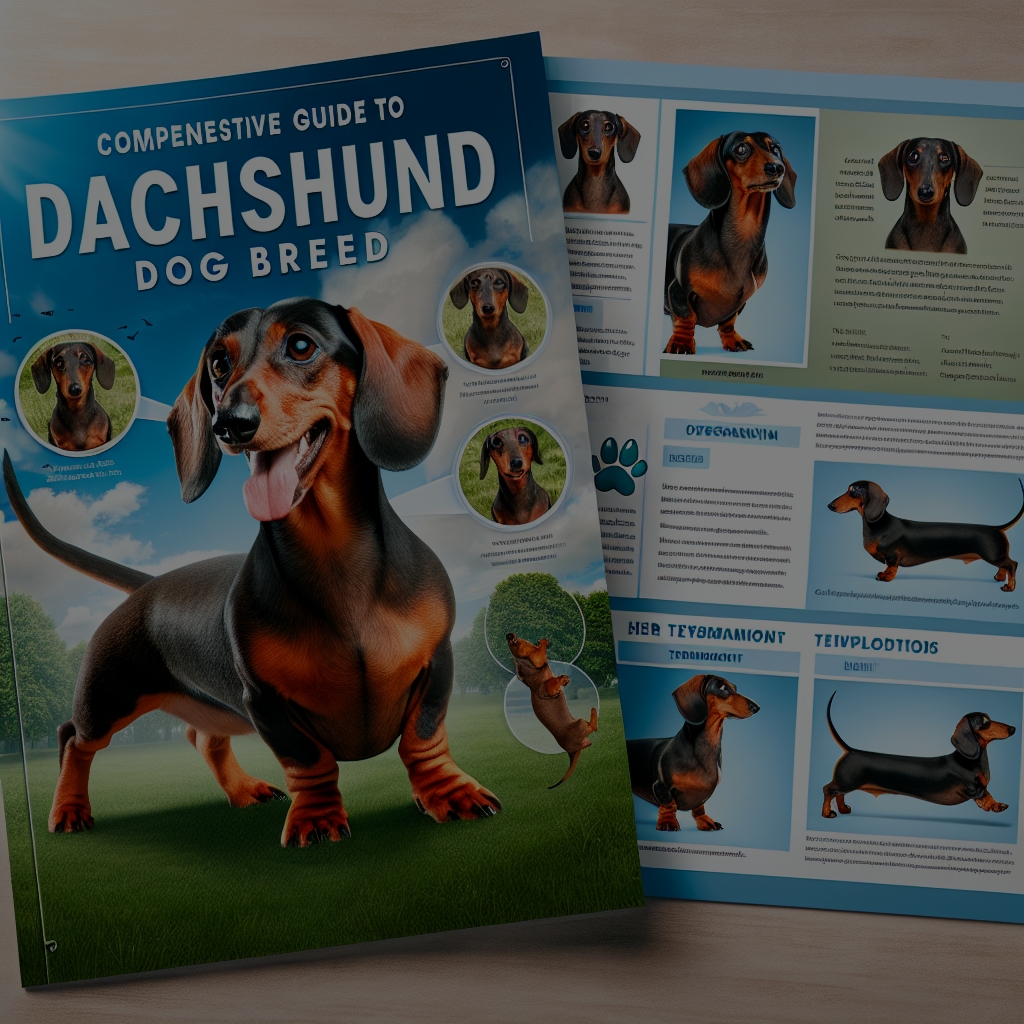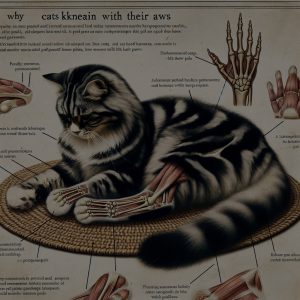
The Dachshund, affectionately known as the "wiener dog" due to its distinct elongated body, is a breed that has charmed dog lovers around the world for centuries. Known for its lively and courageous personality, the Dachshund is a popular pet choice for families and individuals alike. This comprehensive guide aims to delve into the various aspects of the Dachshund breed, from its storied origins to its distinctive physical traits, and from its temperament to common health concerns.
Origin and History of the Dachshund Breed
The Dachshund breed traces its origins back to 15th-century Germany, where it was specifically bred for hunting purposes. The name "Dachshund" is derived from the German words "Dachs" (badger) and "Hund" (dog), highlighting the breed’s primary function: to hunt badgers. With its long body and short legs, the Dachshund was perfectly designed to burrow into badger dens and other small animal tunnels, showcasing its tenacity and hunting prowess.
Over the centuries, the breed diversified to include three different coat types: smooth, long-haired, and wire-haired, each adapted for varying hunting conditions. Smooth-coated Dachshunds were ideal for warmer climates and swift pursuits, while long-haired ones were better suited for colder environments. The wire-haired variety emerged as a hardy, all-weather hunter. By the late 19th century, the breed had become popular beyond Germany, particularly in England and the United States, leading to its recognition by major kennel clubs.
The breed’s history took a significant turn during World War I and World War II, during which anti-German sentiment led to a decline in their popularity. However, dedicated breeders ensured the survival and resurgence of the breed. Today, the Dachshund is celebrated not only for its hunting heritage but also for its roles as a companion and show dog.
Physical Characteristics and Appearance
The most striking physical characteristic of the Dachshund is its elongated body, supported by short, sturdy legs. This unique structure gives the breed its distinctive silhouette, which is often compared to a sausage or hotdog. Dachshunds come in two primary sizes: standard and miniature. Standard Dachshunds typically weigh between 16 and 32 pounds, while miniatures weigh 11 pounds or less.
In addition to size variations, Dachshunds exhibit three different coat types: smooth, long-haired, and wire-haired. Smooth-coated Dachshunds have short, shiny fur that lies close to the body, offering a sleek appearance. Long-haired Dachshunds boast a luxurious, flowing coat, often with feathering on the ears, legs, and tail. Wire-haired Dachshunds, on the other hand, have a dense, rough coat with distinctive facial furnishings, giving them a rugged, terrier-like appearance.
The breed’s coloration is equally diverse, ranging from solid hues like red and cream to multi-colored patterns such as dapple, sable, and piebald. Eyes are generally dark, almond-shaped, and express an intelligent, alert demeanor. With a long muzzle, robust chest, and muscular build, the Dachshund’s appearance is a blend of elegance and practicality, designed for both beauty and function.
Temperament and Personality Traits
Dachshunds are renowned for their spirited and bold temperament. Despite their small stature, they possess a big personality, often displaying traits of courage and determination that belie their size. This breed is exceptionally loyal to its family, forming strong bonds with its human companions. Dachshunds are also known for their playful and curious nature, making them enjoyable and entertaining pets.
However, their strong-willed and independent streak can sometimes pose challenges in training. Dachshunds are intelligent and can be quite stubborn, which means they require consistent, positive reinforcement-based training methods. Socialization from a young age is crucial to ensure they develop into well-rounded adults, particularly because they can be wary of strangers and other animals. Early exposure to various environments, sounds, and people can help mitigate unwanted behaviors.
Despite their hunting origins, Dachshunds make excellent companion animals. They are affectionate and often seek out the company of their owners, enjoying both playtime and cuddling sessions. However, potential owners should be aware that Dachshunds can be vocal, often using their bark to alert their family to potential intruders or express their excitement. Proper training and socialization can help manage this innate trait, making them well-suited for various living situations.
Health Issues and Lifespan of Dachshunds
Like many dog breeds, Dachshunds are predisposed to certain health issues, some of which are exacerbated by their unique body structure. One of the most common concerns is intervertebral disc disease (IVDD), a condition that affects the spinal discs and can lead to pain, mobility issues, or even paralysis. Owners should take precautions to minimize the risk, such as avoiding activities that put undue stress on the Dachshund’s spine, like jumping from heights or climbing stairs frequently.
Another health issue that Dachshunds may face is obesity, which can compound the risk of IVDD and other health problems like diabetes and joint issues. Maintaining a balanced diet and ensuring regular exercise are crucial to keeping a Dachshund healthy and fit. Regular veterinary check-ups can help in early detection and management of any health concerns, ensuring a better quality of life for the dog.
The average lifespan of a Dachshund ranges from 12 to 16 years, with some living even longer with proper care and attention. Responsible breeding practices and genetic testing can help mitigate the likelihood of inherited health problems. Prospective owners should seek reputable breeders who prioritize the health and well-being of their dogs. With the right care, a Dachshund can lead a long, happy, and active life, bringing joy and companionship to their families for many years.
In conclusion, the Dachshund is a breed that offers a unique blend of charm, courage, and companionship. From its rich historical roots as a determined hunter to its modern-day role as a beloved family pet, the Dachshund continues to capture hearts with its distinctive appearance and spirited personality. While they may have specific health considerations, attentive care and proper management can ensure that a Dachshund thrives in any loving home. Whether you are a potential Dachshund owner or a long-time admirer, understanding the nuances of this breed will enrich your appreciation and enjoyment of these delightful dogs.










